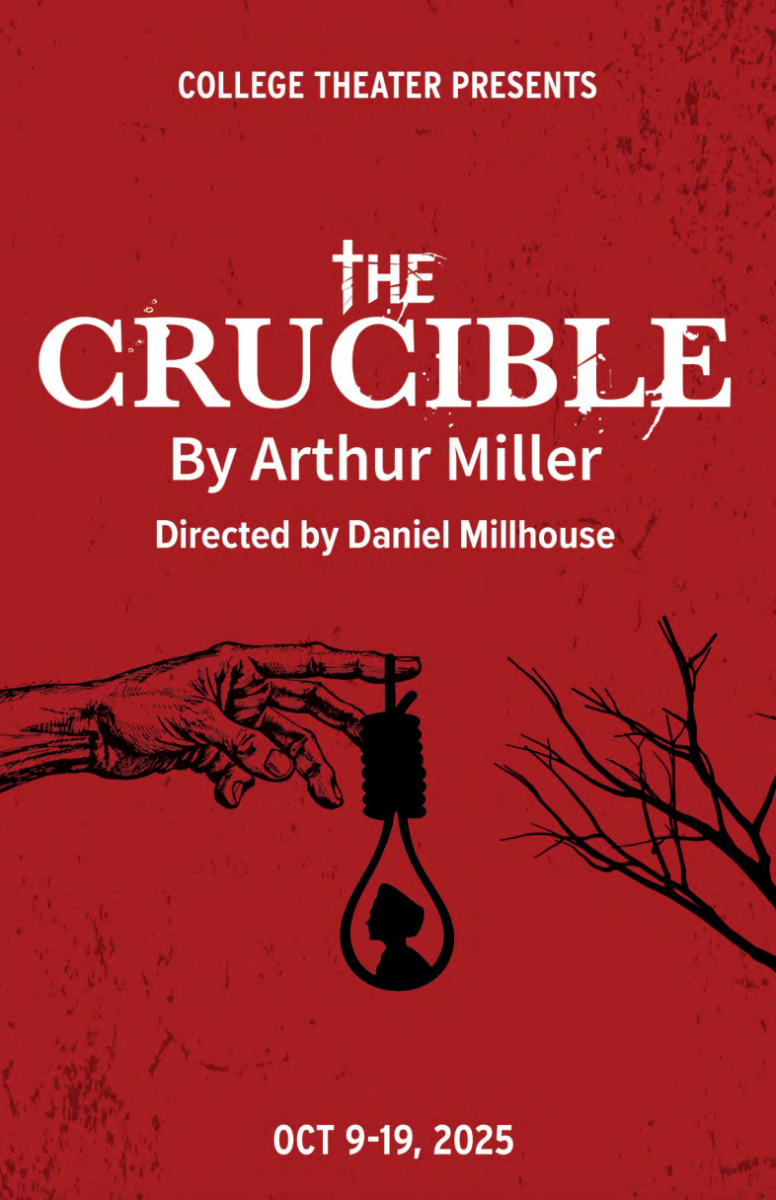Big jump in COD students seeking mental health help fuels wait list
November 7, 2017
The questions bombarding Lisa Porep’s mind just kept getting bigger and scarier.
“I started to think about the point of my life,” Porep said. “What am I going to do after college? What am I going to do when the money runs out that’s allowing me to come to college? What if financial aid doesn’t cover everything and books prices keep going up?”
She refers to this cycle as “existential dread,” and the anxiety and panic attacks became the genesis of her seeking some help from a mental health counselor.
Many students at College of DuPage are going through the same circle Porep did go through; the number of students seeking personal counseling at COD has nearly doubled over the past three semesters.
Within the first six weeks of fall 2015 and 2016, one counselor met with 53 students in both semesters. This fall, that number rose to 75. COD doesn’t have the technology in place to track the total number of students seeking counseling services for a specific psychological problem, but college staff said the increase in students seeking help is undeniable.
“College students are coming with more mental illness; it is just the fact,” said Mental Health Counselor Dennis Emano.
This increase could be a result of recent publicity efforts by the college to create some awareness of mental health counseling services. Emano also averred this could be a result of students reacting to recent happenings in the country: from mass shootings in Vegas to a recent vehicle-ramming incident in New York.
Porep believes the college has made some strides since her first stint as a student in 2007. She says for her condition, stepping out of class is something she has to do at times.
“When you talk to the teachers now before class or before the semester starts, they will make allowances for you. I used to come here in 2007, and there wasn’t so much acceptance back then. Teachers didn’t recognize it as an actual problem,” added Porep.
The status of students’ mental health is not just a problem at COD. Nationally, the National Alliance on Mental Illness (NAMI) says: “One in four students have a diagnosable illness; 40 percent do not seek help; 80 percent feel overwhelmed by their responsibilities;
50 percent have become so anxious that they struggled in school.”
Nationally and at COD, with this rise in the number of students seeking counseling services for mental health issues, colleges have not been able to catch up with students’ needs. COD has two mental health counselors for over 28,000 students.
“This is a problem,” said Amy Holm, president of the Mental Health Awareness Team (M.H.A.T) at COD. “There is a 50 percent increase to people going in for mental illness support.”
At counseling services, Emano, who is the lead mental health counselor, has had to create a wait list for students who need counseling.
“That is not even for me,” added Emano. “I also had to start a group because I thought I was not able to see everyone individually; less time and more people.”
However, Holm believes the college has done well with access and accommodation as it relates to helping students with a disclosed mental health problem.
“People with mental illnesses go to access and accommodation to ask for more time with a test, and they are allowed to bring recording devices to help,” added Holm.
Holm’s team is working towards demystifying commonly held beliefs about mental illness. The group wants the college community to come to a conclusion that anyone could be triggered into a mental illness.
“M.H.A.T. is teaming up with the Student Leadership Council to conduct a survey to investigate why there was a 50 percent increase in students going to counseling services, and the results from that might specify more into the general problems, but you can’t say there is one specific reason of why,” added Holm.
The group also serves as a support group for students and promotes mental wellness on campus. They meet every Wednesday at 11:30 in BIC 3461.




















